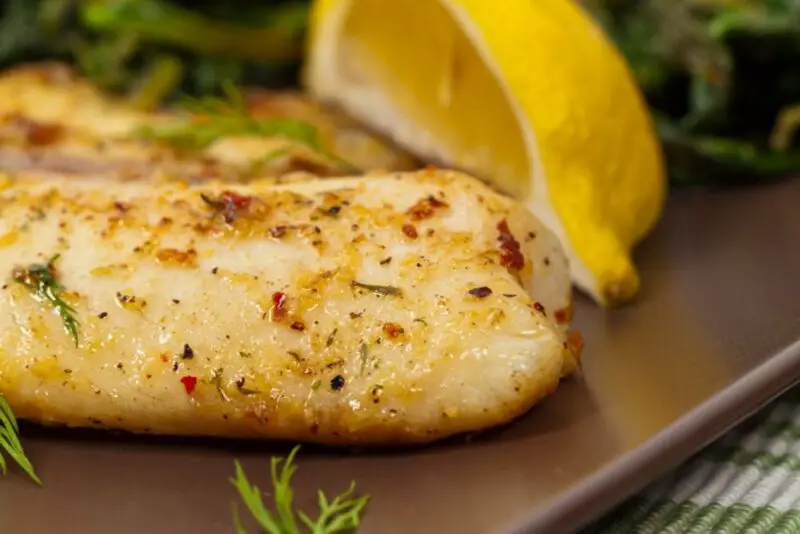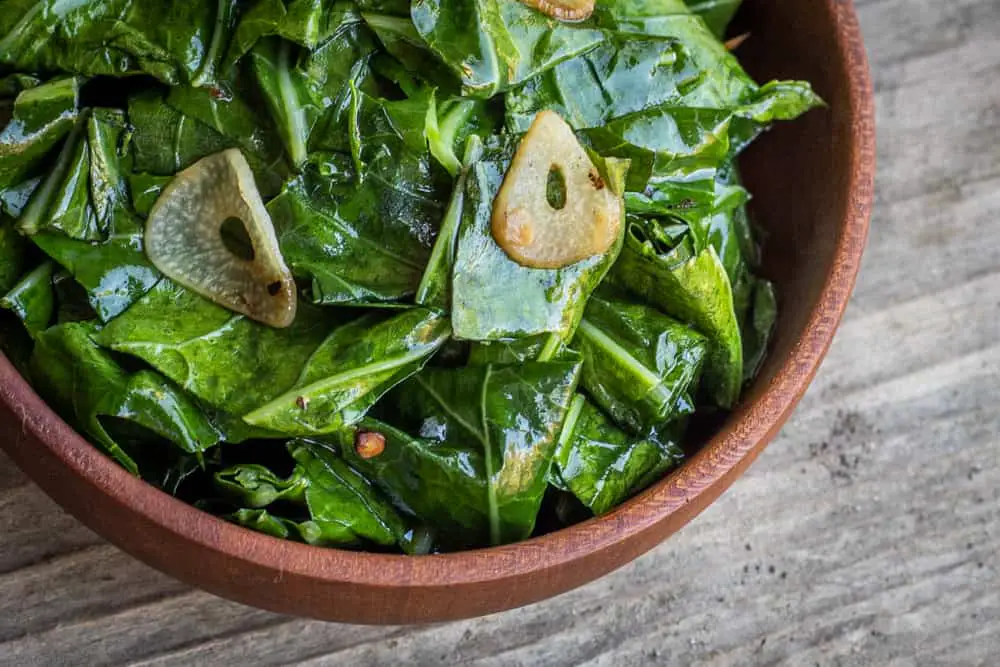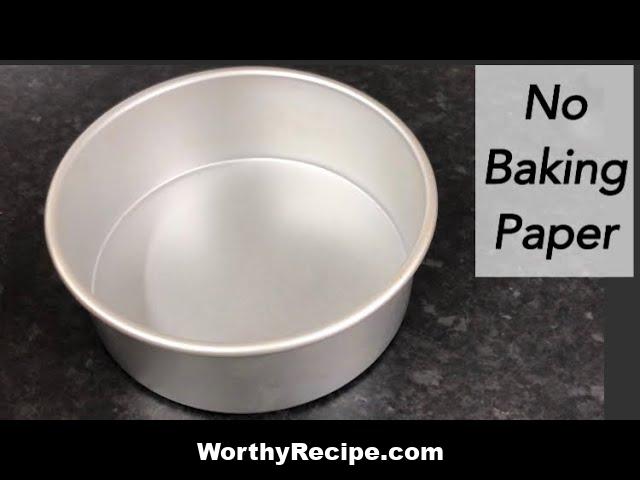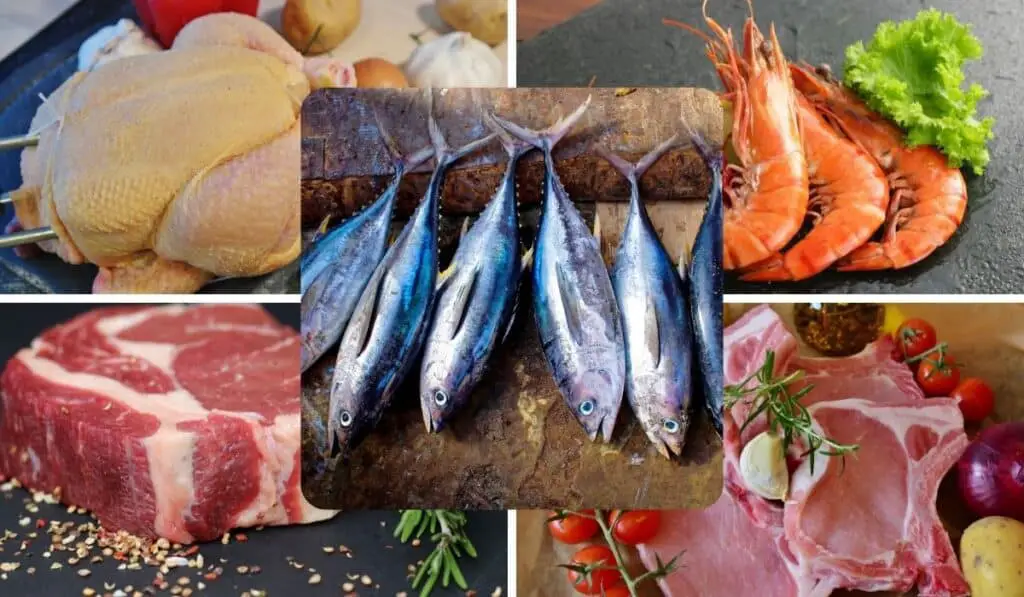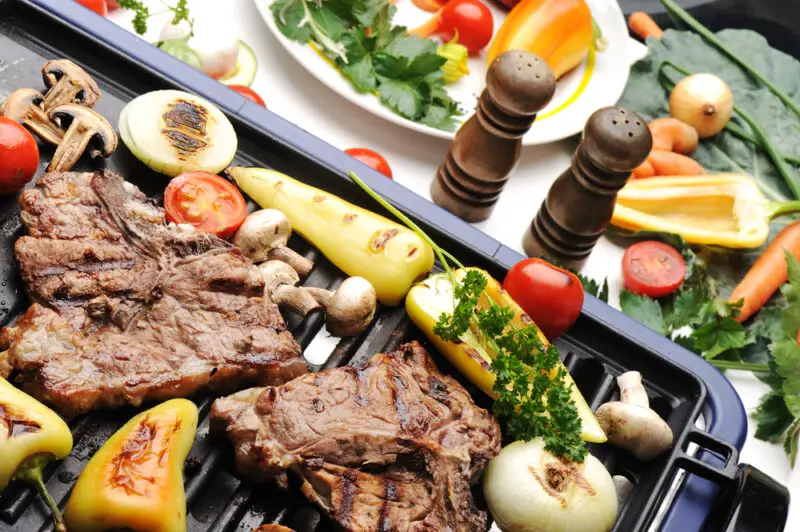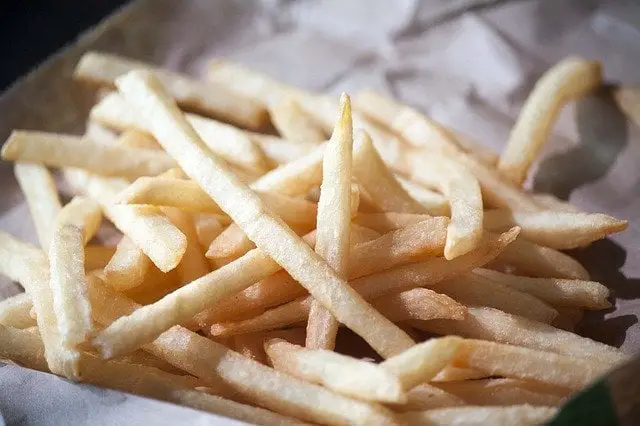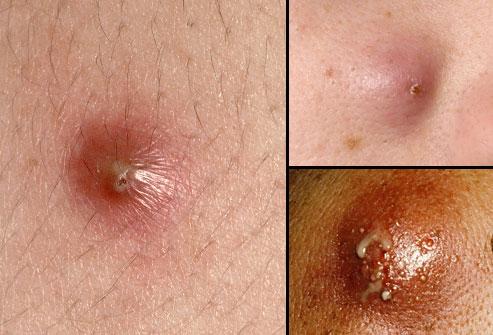How to Cook Frozen Haddock: A Comprehensive Guide
When it comes to cooking fish, haddock is a popular choice for many people. This whitefish has a mild flavor that pairs well with a variety of cooking methods and seasonings. Additionally, frozen haddock can be a convenient option for those who may not have access to fresh fish or who want to prepare meals ahead of time. In this article, we’ll provide you with a comprehensive guide on how to cook frozen haddock, including information on the health benefits of haddock, how to select and purchase the best quality fish, and tips on different cooking methods.
Health Benefits of Haddock
Haddock is a nutritious fish that packs a range of health benefits. It’s low in fat and calories while being high in protein, making it an excellent source of essential nutrients for those looking to maintain a healthy diet. Haddock is also rich in vitamins such as B12 and niacin. These vitamins play a crucial role in maintaining healthy skin, nervous system, and digestive system.
Compared to other types of fish, haddock provides an impressive level of omega-3 fatty acids, which have been linked to numerous health benefits such as reducing inflammation, lowering blood pressure and improving brain function.
How to Choose and Purchase Haddock
Whether you’re buying fresh or frozen haddock, there are some essential tips you should follow to ensure you get the best quality fish possible.
- Check the packaging date: Look for frozen haddock that has been packaged recently as this will ensure that it’s fresher.
- Look for sustainability certifications: If you’re concerned about sustainability or want to support ethical fishing practices, look for haddock that has been certified by organizations such as the Marine Stewardship Council (MSC).
- Avoid freezer burn: Make sure there are no signs of freezer burn on the packaging, as this can indicate that the fish has been stored for too long.
- Choose fillets over whole fish: When purchasing frozen haddock, it’s often better to go for fillets over whole fish as they thaw more quickly and are easier to cook.
Preparing Frozen Haddock for Cooking
One of the most essential parts of cooking frozen haddock is ensuring that you properly defrost it before cooking. Defrosting allows the fish to thaw evenly, ensuring that it cooks correctly. Here are some tips for preparing frozen haddock for cooking:
- Defrost in the refrigerator: The best way to defrost frozen haddock is to place it in the refrigerator overnight. This will allow the fish to thaw slowly and evenly while also reducing the risk of bacterial growth.
- Defrost in cold water: If you need to defrost your haddock quickly, you can place it in a bowl of cold water. Make sure to change the water every 30 minutes until the fish is fully thawed.
- Season well: Before cooking your haddock, season it well with salt, pepper, and any other herbs or spices you prefer.
Cooking Methods for Frozen Haddock
Haddock can be cooked using a range of methods such as baking, grilling, and pan-searing. Here are some easy and delicious recipes for each method.
Baked Haddock
Baked haddock is an easy and flavorful way to enjoy this nutritious fish.
Ingredients:
- 2 frozen haddock fillets
- 1 tablespoon olive oil
- 1 lemon
- 1 garlic clove, minced
- 1 tablespoon chopped fresh parsley
- Salt and pepper to taste
Instructions:
- Preheat your oven to 375°F.
- Place the frozen haddock fillets on a baking sheet lined with parchment paper.
- In a small bowl, mix the olive oil, garlic, and parsley, and drizzle the mixture over the fish.
- Season with salt and pepper to taste.
- Cut the lemon into wedges and place them around the fish on the baking sheet.
- Bake for 15-20 minutes or until cooked through.
Grilled Haddock
For those who prefer a more smoky flavor, grilled haddock is an excellent option.
Ingredients:
- 2 frozen haddock fillets
- 2 tablespoons olive oil
- 1 teaspoon smoked paprika
- Salt and pepper to taste
Instructions:
- Preheat grill to medium-high heat.
- In a small bowl, mix together olive oil, smoked paprika, salt, and pepper.
- Rub this mixture onto both sides of each haddock fillet.
- Place the fish on the grill grates and cook for 3-4 minutes per side or until cooked through.
Pan-seared Haddock
Pan-seared haddock is a simple yet sophisticated way to prepare this tasty fish.
Ingredients:
- 2 frozen haddock fillets
- Salt and pepper to taste
- 3 tablespoons olive oil
Instructions:
- Season the frozen haddock fillets with salt and pepper.
- Heat a skillet over medium-high heat with olive oil, then add the haddock fillets.
- Cook for 3 minutes per side or until golden brown and cooked through.
Serving Suggestions for Cooked Haddock
Haddock pairs well with a variety of side dishes and beverages. Here are some ideas to help you elevate your next haddock dish.
Side Dishes
- Steamed vegetables: steamed broccoli, green beans, carrots
- Roasted potatoes: paprika roasted potatoes, sweet potatoes etc.
- Mashed potato: garlic mashed potatoes, cheesy mashed potatoes
Beverage Pairings
- White wine: A refreshing white wine such as Sauvignon Blanc or Pinot Grigio complements the mild flavors of haddock perfectly.
- Rose wine: A rose with fruity notes such as a Grenache or Mourvedre Rosé is an excellent match for grilled or baked haddock.
- Non-alcoholic beverage pairing suggestions: Lemonade, iced tea or ginger ale nicely balance out the flavors of haddock dishes.
Common Mistakes When Cooking Frozen Haddock
Here are some common mistakes people make when cooking haddock:
- Overcooking Haddock: Overcooking can cause the fish to become tough and dry. Always keep an eye on cooking time, whether you’re baking or searing fish.
- Miscalculating prep and cooking time: Always read recipes carefully to ensure that you’ve left enough time to defrost the fish and prepare the ingredients.
- Incorrect seasoning or flavoring: Haddock has a mild flavor, so it’s important to choose the right herbs and spices to complement it. Make sure to choose seasonings that don’t overpower the taste of the fish.
- Undercooking Haddock: This is a common mistake that many people make when cooking frozen haddock. Always ensure that your haddock is cooked through by checking its internal temperature with a cooking thermometer
Post-Cooking Techniques & Storage Tips
After cooking haddock, there are some techniques you can use to enhance its presentation, as well as storing the leftovers.
Presentation Techniques
- Garnishing tips: Sprinkle some chopped parsley or dill over your cooked haddock to give it an eye-catching presentation.
Proper Storage Techniques
- Store leftover cooked haddock in an air-tight container in the refrigerator for up to 2 days before consuming or re-heating.
- If you have access to a vacuum sealer, seal cooked haddock into bags then use a water bath with a precision immersion circulator like PolyScience Breville for maximum freshness and preservation.
FAQs About Frozen Haddock
1. What’s the best way to cook frozen haddock?
Frozen haddock can be baked, grilled, or pan-seared to perfection. You can also use it in soups and stews.
2. How long does it take to defrost frozen haddock?
Defrosting times vary depending on the method used, but it can take anywhere from 2 to 24 hours in the refrigerator.
3. Can I cook frozen haddock straight from frozen?
While it’s possible to cook frozen haddock without defrosting it first, it’s generally recommended that you defrost it before cooking to ensure even cooking.
Conclusion
Cooking frozen haddock is a great way to enjoy this nutritious and delicious fish all year round. Whether you choose to bake, grill, or sear your haddock, selecting high-quality frozen fillets and following proper thawing techniques are key to a successful dish. With so many health benefits and versatile recipes, integrating haddock into your meals always pays off in both taste and nutritional value.
1. Can I cook frozen haddock without thawing it first?
Yes, you can cook frozen haddock without thawing it first. In fact, cooking it frozen can help lock in the freshness of the fish and prevent it from becoming dry.
2. What is the best way to cook frozen haddock?
One of the best ways to cook frozen haddock is by baking it in the oven. Preheat your oven to 400°F, then place the frozen haddock fillets on a lined baking sheet and bake for 20-25 minutes.
3. How do I know when my frozen haddock is cooked through?
You can tell when your frozen haddock is cooked through by checking its internal temperature with a meat thermometer. The temperature should read 145°F. You can also check if the flesh flakes easily with a fork and is no longer translucent.
4. What are some seasoning options for frozen haddock?
When cooking frozen haddock, you can season it with a variety of herbs, spices, and sauces to add flavor. Some popular options include garlic, lemon juice, dill, parsley, paprika, and soy sauce. Experiment with different flavors to find your favorite combination!
